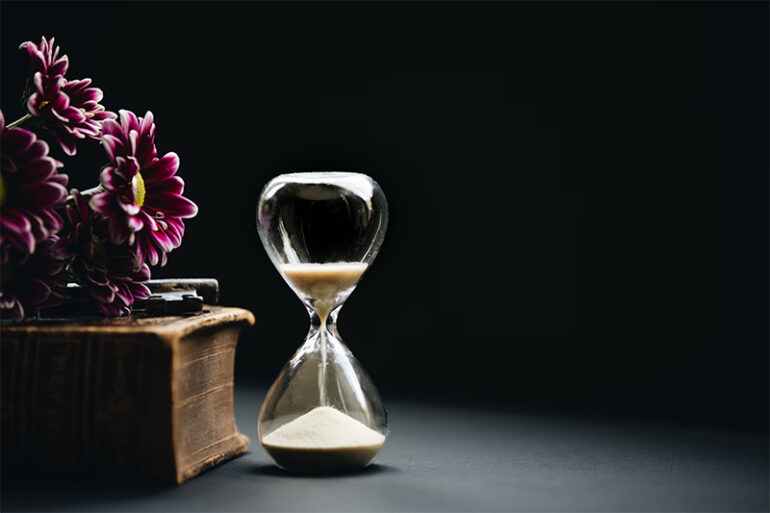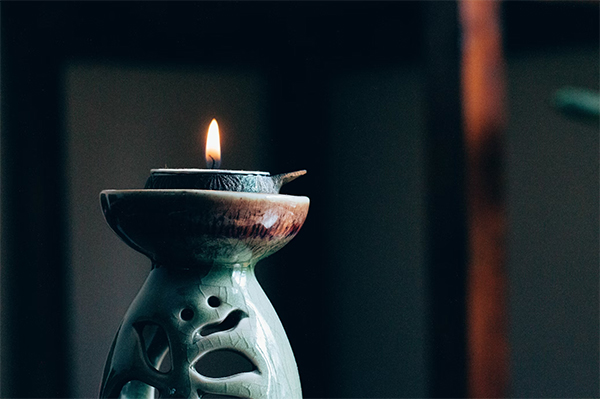Still life art, which honors the ordinary and asks viewers to stop and consider the beauty and meaning of commonplace objects, invites Originating in the Renaissance, this art form weaves together ideas of life, death, and the passage of time transcending simple depiction. By means of deliberate choice and arrangement of objects, artists create visual narratives that really connect with viewers, therefore inspiring reflection on both personal and universal events. The genre keeps challenging ideas and providing fresh insights on the interaction between art and life as it develops.
The History of Still Life Painting
Still life painting first emerged during the Renaissance and developed as a major genre highlighting the beauty and transience of commonplace objects. Often adding deeper meanings, artists like Caravaggio and Dutch masters like Vermeer raised common objects to matters of thought. Reflecting the riches and elegance of the period, this genre thrived in the 17th century and also acted as a reminder of death by include images like skulls and dying flowers. Though it has changed to fit different artistic movements over the years, still life still speaks to issues of life and the passing of time.
Symbolism in Objects
Rich symbolic meanings abound in objects within still life compositions, turning everyday objects into compelling stories. While a cracked jug could indicate imperfection and the passing of time, a basic vase of flowers can show the ephemeral character of beauty. Whereas rotting objects inspire ideas of death and loss, fruits—especially ripe ones—symbolize wealth and success. Artists deliberately choose every component to transmit more complex ideas, therefore encouraging viewers to consider their own life and surroundings. This complex interaction of symbols enhances the visual experience and promotes a communication between the viewer and the artwork.
Light and Composition
Still life painting depends much on the interaction of light and shadow, which shapes the mood and accentuates the item meaning. Artists deftly use lighting to create depth, therefore emphasizing particular elements while hiding others. This method guides the observer’s attention across the composition by highlighting textures and colors as well as by arousing emotions. Object placement inside the frame helps to balance visual weight and focus attention, therefore contributing to the general harmony. By means of these components, the artist invites reflection, therefore turning a basic arrangement into a thorough investigation of life and perspective.
Contemporary Interpretations
Contemporary artists keep rereading still life and adding modern meaning to classic subjects. Incorporating unusual materials and creative ideas forces viewers to reevaluate the meaning of commonplace objects. Some investigate consumerism and environmental problems, remarking on waste and sustainability by means of used objects. Others combine digital media with actual objects to produce hybrid works that blur the boundaries between reality and representation. This change in cultural norms lets the genre stay vivid and provocative. Still life remains as a dynamic tool for investigating identity, memory, and the complexity of contemporary existence through these new angles.
Still life painting, with its rich legacy and changing interpretations, is still a fundamental means of artistic expression that spans centuries and cultural changes. Artists revitalize this genre by always adjusting to modern themes and approaches, therefore motivating viewers to interact with the commonplace in remarkable ways. Still life’s continuing appeal is derived from its capacity to inspire thought and emotion, therefore guiding viewers to consider their own experiences and surroundings and so guaranteeing its relevance in the always shifting terrain of art.
Photo Attribution:
Featured and 1st image by https://unsplash.com/photos/clear-hour-glass-beside-pink-flowers-LPRrEJU2GbQ
2nd Image by https://unsplash.com/photos/rule-of-thirds-photography-of-lit-candle-UiMkBvDQSAA

